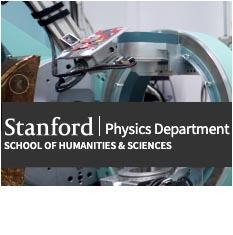
APPLIED PHYSICS/PHYSICS COLLOQUIUM: Searching for New Particles in the Sky
Hewlett Teaching Center, Rm. 200
Register to attend in person: https://forms.gle/wf6tYy7DQXxFWXCT6
Please wear face coverings and practice social distancing. In-person attendance limited to Stanford affiliates.
Theories that seek to explain the outstanding puzzles of the Standard Model of particle physics often predict new, light, feebly-interacting particles whose discovery requires novel search strategies. Perhaps the most motivated of these particles is the QCD axion, which can elegantly solve the outstanding strong-CP problem of the Standard Model; cousins of the QCD axion such as the dark photon can also appear. In light of these particles' small masses and weak interactions, we turn to the sky for clues of their existence. We will see how extreme astrophysical environments produce ultralight particles, with prospects of dramatic signatures and direct laboratory detections. I will discuss how rotating black holes source clouds of exponentially large numbers of gravitationally-bound particles and so create nature's laboratories for ultralight bosons. Depending on the new particles' interactions with our matter and with one another, these clouds could be visible across the spectra: emitting monochromatic gravitational wave radiation, populating the galaxy with axion waves, or appearing as novel pulsar-like objects in the sky.